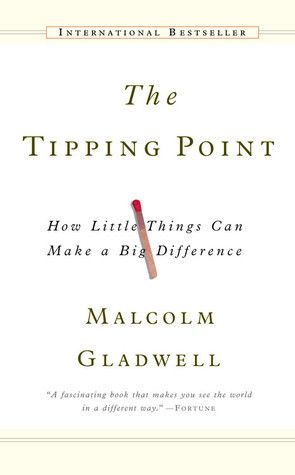As species hurtle toward extinction, some scientists are building a modern ark, not with two of every animal, but with their frozen cells. The "Frozen Zoo" at the San Diego Zoo's Institute for Conservation Research houses the largest collection of its kind, with cell lines from over 1,000 species, most still extant but some already gone.
Among the zoo's residents are the po'ouli, a Hawaiian honeycreeper that went extinct in 2004, and the northern white rhino, functionally extinct with only two females remaining. These cryo-preserved cells offer a potential lifeline, a way to preserve genetic diversity and perhaps even resurrect lost species. But as more and more species require high-tech interventions to survive, the frozen zoo serves as a poignant symbol of the depths of the extinction crisis.
Section: 1, Chapter: 13
Antibiotic resistance is a complex and many-tentacled beast—countless factors from overprescription to antibiotic use in livestock have contributed to it. But in considering the rise of multidrug-resistant tuberculosis in particular, it's important to note that we are in this mess first and foremost because we stopped trying to develop new treatments for tuberculosis. The real issue is not that TB is uncommonly good at selecting for resistance. The real problem is that in the forty-six years between 1966 and 2012, we developed no new drugs to treat tuberculosis.
In the last couple decades as economic incentives have shifted, we've been able to develop powerful new medications to treat TB, including bedaquiline and delamanid. When markets tell companies it's more valuable to develop drugs that lengthen eyelashes than to develop drugs that treat malaria or tuberculosis, something is clearly wrong with the incentive structure.
Section: 4, Chapter: 14
Science has become the most powerful source of knowledge in the modern world, replacing religion as the chief authority that society relies on to understand reality. Many people now look to science to determine moral values and meaning in life as well.
However, while science excels at describing how the world is, it cannot tell us how the world should be. No amount of factual knowledge can directly dictate human values. Science and technology can be enormously beneficial or destructive depending on the ethical framework that guides them. From the same scientific insights, you can develop medicines that save lives or weapons that exterminate whole populations.
Section: 3, Chapter: 13
Dawkins systematically dismantles the theory of group selection, which suggests that organisms act for the good of their species. He points out several flaws in this thinking, such as the inability to explain how altruistic traits would initially spread within a population.
The author argues that selfish individuals would invariably outcompete altruistic ones within a group, and there's no clear mechanism to prevent "cheating" in a group-selection model. Instead, Dawkins proposes that gene-level selection provides a more robust and logically consistent explanation for observed behaviors in nature, including those that appear altruistic on the surface.
Section: 1, Chapter: 1
Chapter 5 introduces the concept of Evolutionarily Stable Strategies (ESS), developed by John Maynard Smith. An ESS is a behavioral strategy that, if adopted by most members of a population, cannot be outcompeted by any alternative strategy. Dawkins uses game theory to explain how certain behaviors, particularly those related to aggression and cooperation, can become stable within a population. The chapter explores various scenarios, such as the famous "Hawk-Dove" game, to illustrate how seemingly altruistic or restrained behaviors can emerge from selfish genetic interests.
Section: 1, Chapter: 5
The author challenges the notion of a centralized "self" controlling the body. Instead, he proposes that behavior emerges from the complex interactions of genes, neurons, and environmental stimuli. This decentralized view of behavior has several implications:
- There is no single "control center" in the brain
- Behavior is the result of competing genetic influences
- The appearance of purposeful action arises from underlying genetic programming
- Consciousness and free will may be illusory byproducts of this system
This perspective encourages us to reconsider their understanding of agency and decision-making in both humans and animals.
Section: 1, Chapter: 4
In this chapter, Dawkins introduces the groundbreaking concept of the extended phenotype, which will be fully developed later in the book. This idea challenges the traditional view that genes only affect the body they're in, proposing instead that a gene's effects can extend far beyond the individual organism.
The author provides examples such as beaver dams, which can be seen as extended phenotypes of beaver genes, and parasites that manipulate host behavior. This concept has profound implications for our understanding of how natural selection operates, encouraging readers to consider the broader environmental impacts of genetic evolution. The extended phenotype idea serves as a powerful tool for reframing our perspective on the relationship between genes, organisms, and their environments.
Section: 1, Chapter: 3
This chapter delves into the hypothetical origins of life on Earth, exploring how the first self-replicating molecules might have arisen in the "primordial soup" of the early planet. Dawkins describes how these simple replicators would have competed for resources, with more efficient replicators outcompeting others. Over time, these replicators developed increasingly complex "survival machines" (bodies) to help them reproduce more effectively. The author draws a direct line from these primordial replicators to modern genes, establishing them as the fundamental units of evolution and the driving force behind all life on Earth.
Section: 1, Chapter: 2
Dawkins introduces the concept of the body as a "survival machine" for genes. He explains that organisms are intricate, purposeful constructions designed to propagate the genes they contain. The chapter explores how genes influence behavior through their effects on the nervous system, drawing analogies between animal bodies and man-made machines. While genes "program" the overall structure and function of the body, they do not directly control moment-to-moment actions.
Section: 1, Chapter: 4
Dawkins identifies three key characteristics that define successful replicators: longevity, fecundity, and copying-fidelity. Longevity refers to the ability to persist for long periods, allowing more opportunities for replication. Fecundity is the capacity to make many copies of itself, increasing the replicator's presence in the population.
Copying-fidelity ensures that the replicator can be copied accurately, preserving its structure and properties across generations. The author argues that replicators possessing these qualities would inevitably come to dominate the gene pool over time, driving the evolution of increasingly complex and efficient survival machines.
Section: 1, Chapter: 2
Dawkins examines how aggressive behaviors in animals are often more restrained than one might expect from a "selfish gene" perspective. He explains that this restraint is actually in the genetic self-interest of individuals, as excessive aggression can be costly. The chapter outlines several key insights:
- Ritualized combat often replaces lethal fighting
- Individuals assess each other's fighting ability to avoid unnecessary conflicts
- Territorial behavior can be an ESS, reducing overall conflict
- Apparently altruistic behaviors can be explained through genetic self-interest
Section: 1, Chapter: 5
Chapter 6 goes into the intricacies of kin selection and how genes promote their own survival through relatives. Dawkins explains Hamilton's rule, which states that altruistic behavior will be favored by natural selection when the cost to the altruist is outweighed by the benefit to the recipient, multiplied by their degree of genetic relatedness. This concept helps explain various forms of apparent altruism in nature, from parental care to the complex social structures of insects like ants and bees.
Section: 1, Chapter: 6
While Buddhism and science are distinct traditions with different methods, the author argues they converge in presenting a model of reality at odds with our intuitive, everyday experience.
Science, for instance, tells us that tables and trees are mostly empty space - tiny particles held together by invisible forces, in constant motion and flux. Physics and neuroscience suggest that colors, sounds and other sensations don't exist "out there," but are constructions of the brain.
Similarly, Buddhist contemplatives report that on close examination, the seemingly solid, independent self dissolves into a flowing stream of sensations, thoughts and impressions, all "empty" of inherent existence. The world appears as a seamless, luminous display of interdependent appearances, like a rainbow or a mirage.
In both cases, penetrating beneath the surface of ordinary perception reveals a more subtle, fluid, insubstantial reality.
Section: 1, Chapter: 15
In February 2020, executives from biotech company Biogen held a conference in a Boston hotel. A single infected attendee, likely from Europe, sparked a massive outbreak. Genetic sequencing shows that roughly 100 people caught COVID at the event, then rapidly spread it worldwide as they flew home - to 29 U.S. states and at least 4 continents. The strain from this "superspreader event", dubbed C2416T, likely infected hundreds of thousands globally. Demonstrating how quickly one infection in the right environment can fuel an epidemic.
Section: 2, Chapter: 6
Gladwell argues that contrary to popular belief, epidemics and social contagions are not mysterious, wild phenomena that happen at random. They follow rules and have boundaries. They are subject to "overstories" - the narratives and ideas circulating in a culture. Epidemics can change drastically when they reach a tipping point. And they are driven by a small number of influential people who can be identified.
Section: 1, Chapter: 1
Growing evidence suggests that COVID and other infectious diseases follow the "Pareto principle" - that roughly 20% of cases may cause 80% of transmission. So-called "superspreaders" seem to be significantly more contagious than the average infected person, sparking large clusters. This may be due to:
- Biological factors like higher viral load
- Behavioral factors like interacting with many people
- Number and type of contacts
- Environment and setting
This highly skewed distribution means that finding and containing superspreaders early is key to controlling outbreaks.
Section: 2, Chapter: 6
In the 1970s, researcher John Wennberg discovered huge variations in medical practices between similar towns in Vermont. In Stowe, 70% of kids had their tonsils removed by age 15, versus only 20% in nearby Waterbury. Wennberg found that these differences stemmed from varying doctor attitudes in each town, not patient preferences. He termed this "small-area variation" - how local doctor culture shapes medical practices as much as hard science.
Section: 1, Chapter: 1
Geneticist Stephen O'Brien discovered that cheetahs have almost no genetic variation between individuals - they are like natural clones. He believes a "genetic bottleneck" occurred around 12,000 years ago, where the cheetah population may have dwindled to a single breeding female. Subsequent inbreeding meant genetic uniformity. This leaves them vulnerable - to disease and environmental change. O'Brien demonstrated this by successfully transplanting skin grafts between unrelated cheetahs, something only possible for identical twins.
Section: 1, Chapter: 3
In 1984, Daniel Drucker, a young Canadian scientist, accidentally discovered GLP-1 while studying the inner workings of glucagon genes in a run-down lab in Massachusetts. He found that GLP-1 could stimulate the creation of insulin, a crucial discovery that would later lead to the development of new diabetes and weight loss drugs.
Scientists discovered that the venom of the Gila monster lizard contained a copy of GLP-1 that lasted much longer in the human body than natural GLP-1. This led to the development of drugs that could elevate GLP-1 levels for a whole week, bringing blood sugar under control for diabetics. Researchers then found these drugs also caused significant weight loss in obese people.
Section: 1, Chapter: 1
The dominant theory is that Ozempic curbs appetite by dialing down food rewards. But brain imaging suggests it may be more about dialing up food "anti-rewards":
- Normally fatty/sugary food triggers a big dopamine (reward chemical) spike
- Ozempic doesn't seem to numb this food "high" - dopamine still spikes
- But on Ozempic, the brain's "aversion centers" also light up intensely to fatty/sugary food
- These zones generate negative feelings - disgust, fear, anxiety, restraint
So Ozempic may not rob food of pleasure so much as pair that pleasure with equal and opposite pain - an "aversion signal" that overwhelms reward and drives behavior change.
Section: 1, Chapter: 7
The mTOR enzyme is emerging as a central regulator of aging, and a key target of anti-aging interventions:
- mTOR acts as a control center, sensing nutrient levels and shifting the cell between growth and maintenance.
- When nutrients are plentiful, mTOR promotes growth and reproduction. When nutrients are scarce, it dials down growth and ramps up cell cleanup and recycling.
- Inhibiting mTOR (either through CR or rapamycin) seems to put the cell in a more youthful, resilient state - improving autophagy, stress resistance, mitochondrial function and more. These are the same hallmarks of longer-lived animals.
- Rapamycin powerfully inhibits mTOR. That suggests it could be used as an anti-aging drug. Animal studies show rapamycin extends lifespan and healthspan.
- Early human studies hint that rapamycin may actually enhance immune function, protect the heart and prevent age-related diseases, though more research is needed.
mTOR is one example of how understanding the mechanisms of aging could lead to targeted interventions to slow the entire aging process. That's a paradigm shift from just treating individual age-related diseases reactively.
Section: 1, Chapter: 5
REM sleep and NREM sleep are characterized by very different patterns of brain activity:
NREM sleep:
- Dominated by slow, synchronous brain waves
- Reflects a relatively quiescent, inactive brain state
- Plays a key role in memory consolidation and learning
REM sleep:
- Characterized by fast, desynchronized brain waves similar to wake
- Increased activity in visual, motor, emotional and memory centers
- Plays a key role in emotional processing, creativity and memory integration
Switching between NREM and REM sleep through the night allows the brain to carry out distinct but complementary cognitive processes that are vital for learning, memory, emotional health and overall brain function.
Section: 3, Chapter: 9
Books about Science
Medicine
Philosophy
Life
Being Mortal Book Summary
Atul Gawande
In "Being Mortal," surgeon Atul Gawande argues that medicine must shift its focus from simply extending life to enabling well-being, especially for the elderly and terminally ill, by helping patients and families courageously face mortality and define what matters most in their final days.
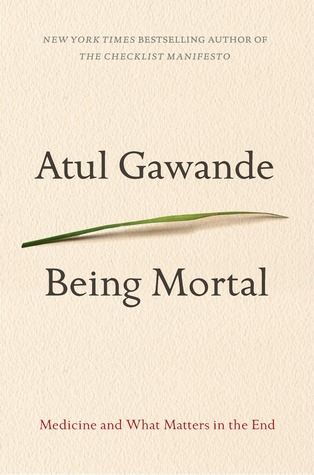
Nature
History
Climate Change
The Sixth Extinction Book Summary
Elizabeth Kolbert
In "The Sixth Extinction," Elizabeth Kolbert takes us on a riveting journey through the tumultuous history of life on Earth, revealing how human activity is driving a catastrophic modern extinction event that may ultimately imperil our own survival.
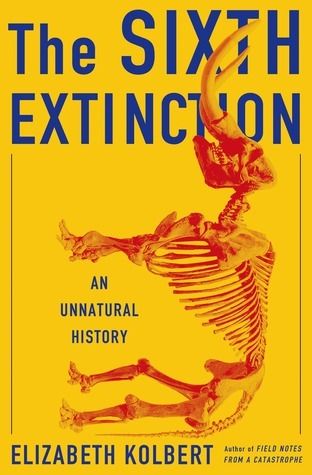
Artificial Intelligence
Technology
Society
Co-Intelligence Book Summary
Ethan Mollick
Ethan Mollick explores the rapidly evolving landscape of artificial intelligence, offering insights, frameworks, and strategies for individuals and organizations to thrive in a future where AI becomes an increasingly powerful collaborator and competitor in domains from creativity to education to work itself.
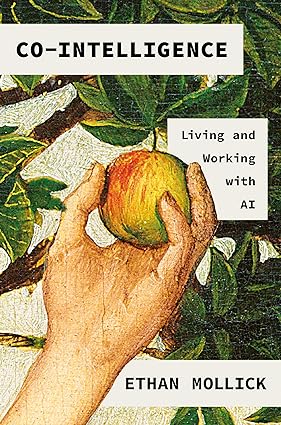
Medicine
Science
History
Society
Everything is Tuberculosis Book Summary
John Green
Tuberculosis has been entwined with humanity for millennia. Once romanticized as a malady of poets, today tuberculosis is a disease of poverty that walks the trails of injustice and inequity we blazed for it.

Sociology
History
Humanity
21 Lessons for the 21st Century Book Summary
Yuval Noah Harari
In "21 Lessons for the 21st Century", Yuval Noah Harari explores the most pressing challenges and opportunities of our time, offering insights on how to navigate a rapidly changing world shaped by technological disruption, political upheaval, and existential uncertainty.
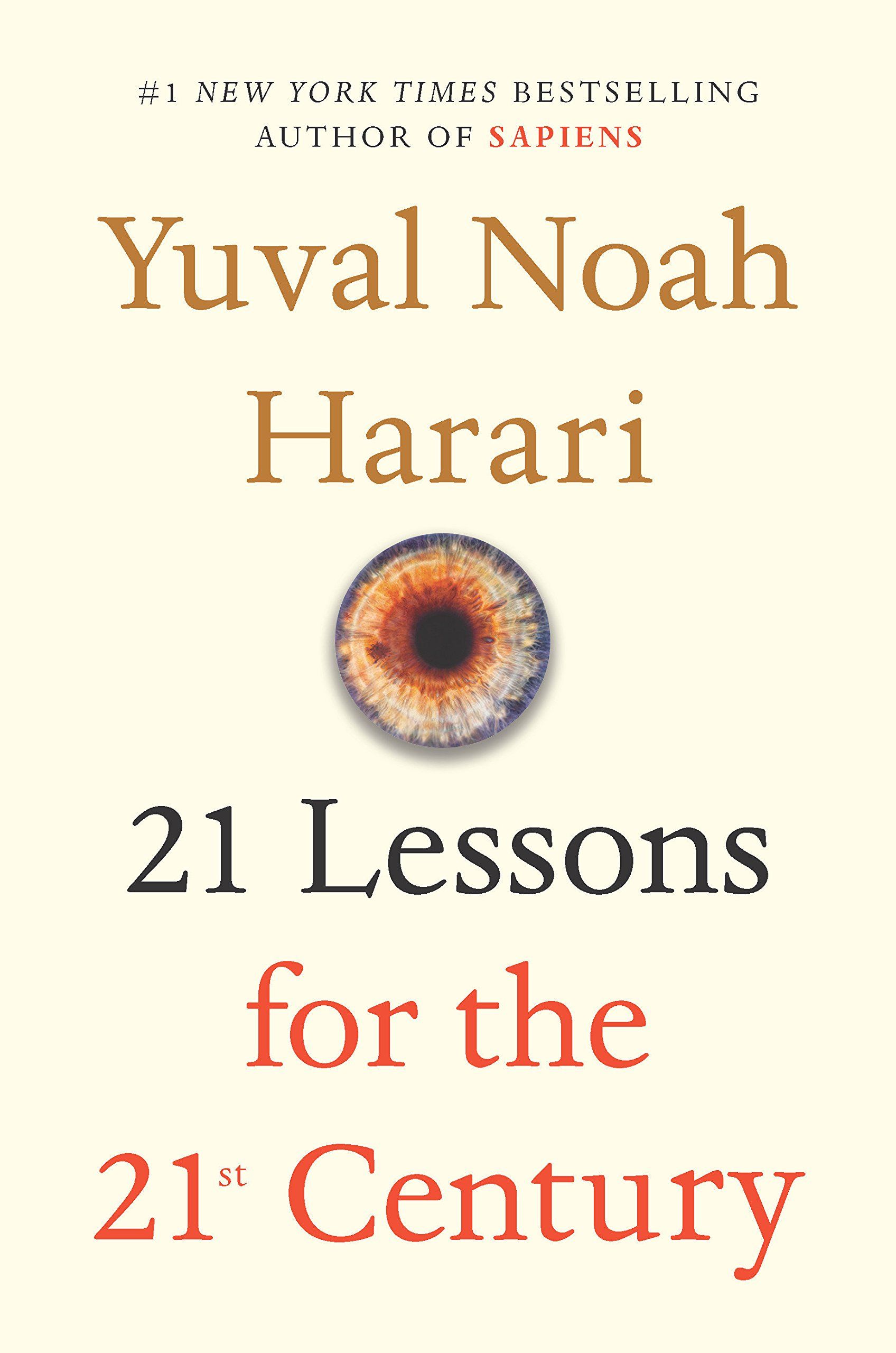
Philosophy
Science
Biology
The Selfish Gene Book Summary
Richard Dawkins
"The Selfish Gene" revolutionizes our understanding of evolution by arguing that genes, not individuals or species, are the fundamental units of natural selection, driving the behaviors and adaptations we observe in living organisms through their relentless pursuit of self-replication.
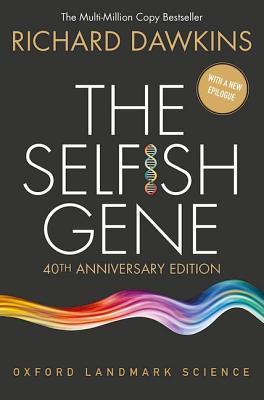
Mindfulness
Religion
Psychology
Science
Philosophy
Happiness
Why Buddhism Is True Book Summary
Robert Wright
Robert Wright explores how Buddhist teachings and meditation practices, particularly from the Vipassana tradition, align with findings from modern psychology and evolutionary theory to diagnose the human condition and provide a path to greater clarity, happiness, and moral progress.

Sociology
Psychology
Science
Revenge of the Tipping Point Book Summary
Malcolm Gladwell
In "Revenge of the Tipping Point," Malcolm Gladwell argues that social epidemics are not random or mysterious, but follow predictable rules and can be shaped by the power of influential individuals, the contagious narratives that frame our world, and the delicate balance of group dynamics.
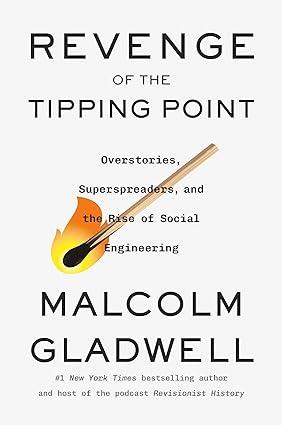
Health
Medicine
Science
Nutrition
Magic Pill Book Summary
Johann Hari
In "The Magic Pill," Johann Hari takes readers on a deeply personal and rigorously researched journey into the complex world of obesity and the revolutionary new weight-loss drugs that promise to fight it, grappling with the profound ethical, societal, and scientific questions they raise about our relationship with food, health, and the future of our bodies.

History
Innovation
Science
Where Good Ideas Come From Book Summary
Steven Johnson
Steven Johnson argues that breakthrough innovations arise from connected environments that enable the serendipitous collision of slow hunches, happy accidents, and novel combinations of existing ideas, rather than isolated eureka moments of lone genius.
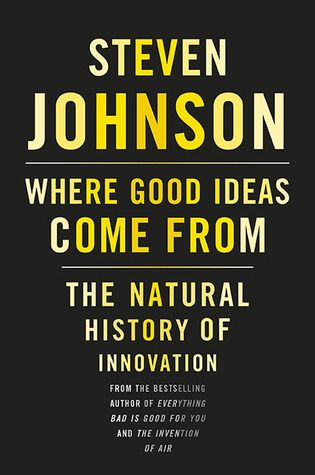
Health
Nutrition
Science
Outlive Book Summary
Peter Attia
In "Outlive: The Science and Art of Longevity," Dr. Peter Attia shares his framework for extending lifespan and optimizing healthspan through the application of leading research in nutrition, exercise, sleep, emotional well-being, and preventive medicine
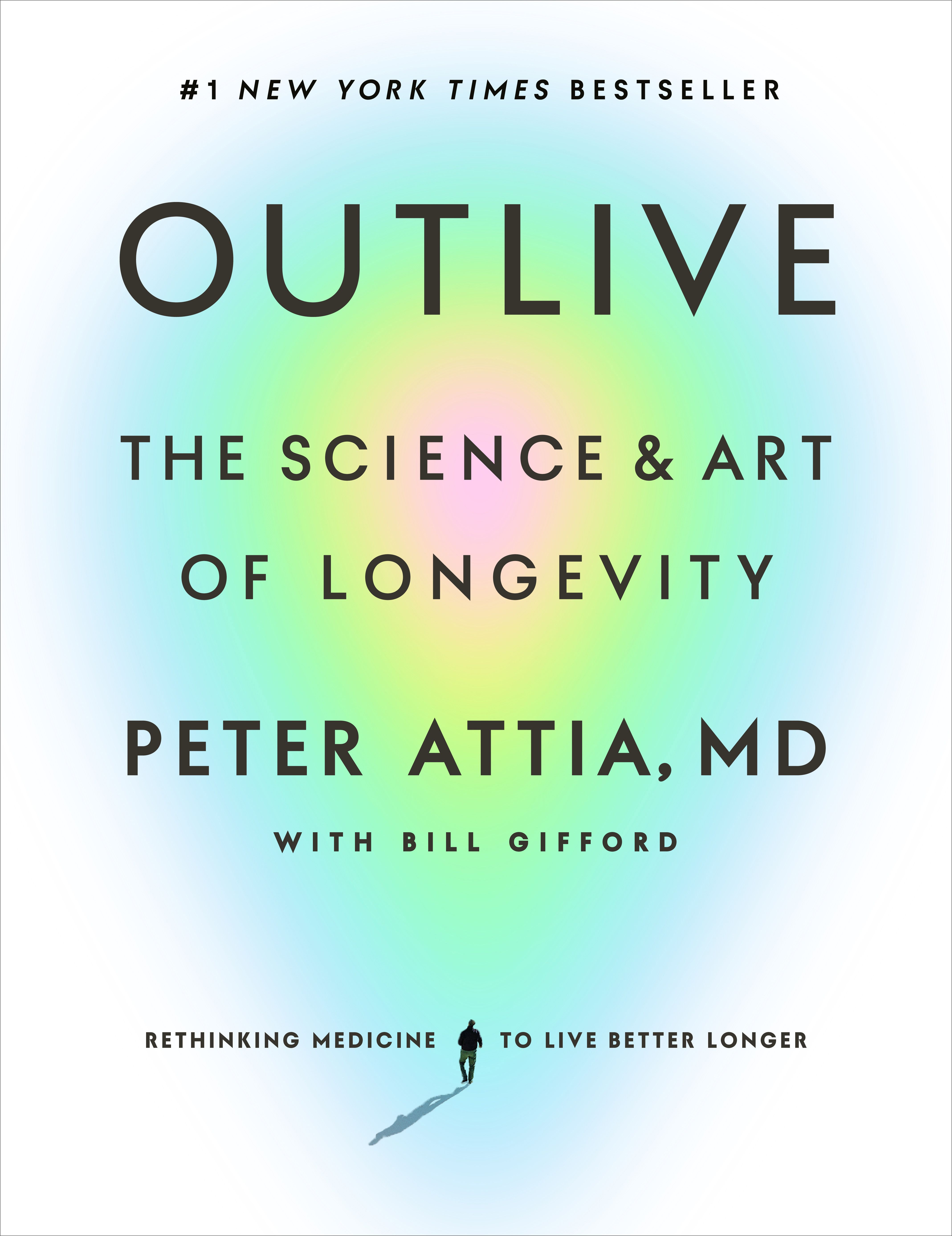
Sleep
Health
Personal Development
Why We Sleep Book Summary
Matthew Walker
Sleep is the single most effective thing we can do to reset our brain and body health, yet we are in the midst of a global sleep loss epidemic that is decimating our health, longevity, productivity. Prioritizing sleep is can improve virtually every aspect of our lives, and this book provides the scientific evidence and practical strategies to make it happen.

Psychology
Personal Development
Sociology
Economics
The Tipping Point Book Summary
Malcolm Gladwell
The Tipping Point reveals the hidden forces that cause social epidemics - from fashion trends to crime waves - to spread like viruses, and shows how to start and control positive epidemics of our own.
